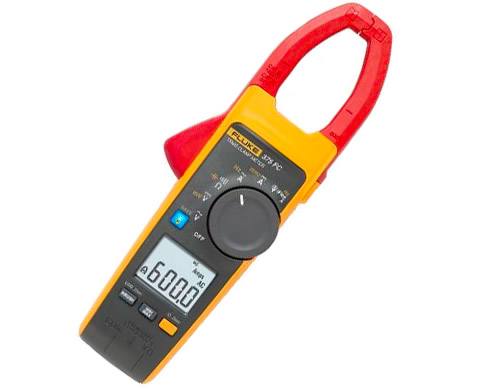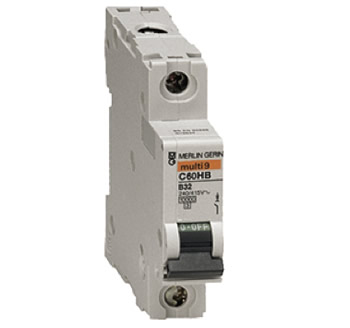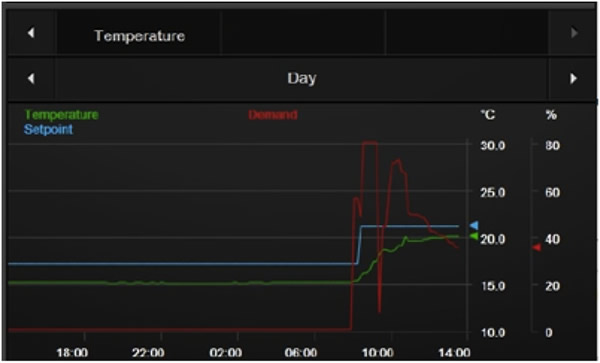 By Simon Buddle, Future Ready Homes.
By Simon Buddle, Future Ready Homes.
All good ‘Star Trek’ fans know the line, ‘Resistance is futile’ – the possessed Borg’s diabolical words uttered not so much with malice, but with absolute certainty. Such assuredness can only be grounded in absolute facts or laws.
We do know that resistance is voltage divided by current – this is a fundamental and incontrovertible law of physics. Ohm’s Law. The smaller a wire, the higher its resistance over distance, therefore the greater the voltage or pressure we need to push the current along. The same can be said of water pipes: smaller pipes have greater friction and therefore pressure drops – part of the fluid dynamics strain of physics.
Multidisciplinary responsibility
As KNX professionals, we are, by very definition, multidisciplinary, covering anything from analogue audio signals (ah, remember the good old days of 1 volt peak to peak?) to LED lamps and their inrush current issues, or even Lux levels for cameras, external lights or blind controls, all the way through to setting temperatures and fan speeds. No small task, and the underpinning knowledge required is a vast sea of information that can make the head spin the deeper you dive.
Inevitably though, we are the ones left holding the baby come the end of the project. The M&E consultant has long since left town by the time the client begins to complain that certain rooms never seem to get to the desired temperature. And you’re even less likely to see the electrical contractor dealing with the breaker that keeps tripping due to water ingress into the external light fittings. But we’ll be there at the end of the phone, because it is our KNX control system that operates everything.
Just how much should we know?
A colleague and great friend of mine has a peculiar fetish for knowledge and training. It is fair to say that he has spent thousands and thousands of hours in training rooms. Indeed, he once told me he took a six-week long brick-laying course that taught him everything he needed to know to build his own house, just so he could build a garden wall that took him less than two days to complete. So, there should be some balance in terms of time spent training and the application of that knowledge.
My feeling is very much that we must be able to fight our corner, or more accurately, explore and discuss issues in an informed way. The maths involved for under-floor heating system requirements, in order to maintain room temperature at an average of 21°C, are not complicated. However, assimilating the facts and figures to do the maths is arguably far more onerous. Even though it is not our job to do that, we will be the one our client turns to for the answers if the room is cold. After all, it is likely to be our device they use to change the set point.
If the M&E did come back to help resolve the issue (and there are lots of good M&E and electricians who will), I would like to be able to demonstrate that my part of the system is working correctly; the manifold valves open, the pump is running and the system is calling for heat.
Proactively investigating problems as a collective should be in everyone’s interest – open ETS, show them the diagnostics window, prove what you are saying. Something as small and simple as a jammed valve pin could be preventing the room from getting warm. Each step of the fault-finding process should be logical and follow a hierarchical path. Start at the top and work down.
If you can measure it, you can quantify it and solve it
Underpinning knowledge will assist us in our choice of test tools too. If we know we are possibly dealing with an inrush current issue, then buying a tool that can measure and capture that value will be of great benefit.

Inrush means understanding the different miniature circuit breaker (MCB) types. See below.
B Curve: trip at 3 – 5 times the rated current e.g. a 6A MCB will trip at 18 – 30A.
C Curve: trip at 5 – 10 times the rated current e.g. a 6A MCB will trip at 30 – 60A.
D Curve: trip at 10 – 20 times the rated current e.g. a 6A MCB will trip at 60 – 120A.

Logging data, such as heating demand value, set point and actual room temperature over time, gives you empirical data to back up your case.

Conclusion
Our knowledge and expertise lies in our primary role; that of integration and control specialists. It is easy for the finger of blame to be pointed at us – it’s our system with which the client interfaces. So, the borders of our knowledge have to overlap with other specialists on-site and enable us to communicate in an informed, insightful way. Appropriate training is rarely money wasted, and investing in the right tools will ultimately save you time and money. The more useful and proactive we are for our clients, the longer their service and maintenance contract is likely to run.
Simon Buddle is a consultant for Future Ready Homes, a specialist in BMS and ELV services system design. Simon will also be giving presentations as part of the CEDIA training sessions at the ISE show, Amsterdam 7-10 February.












